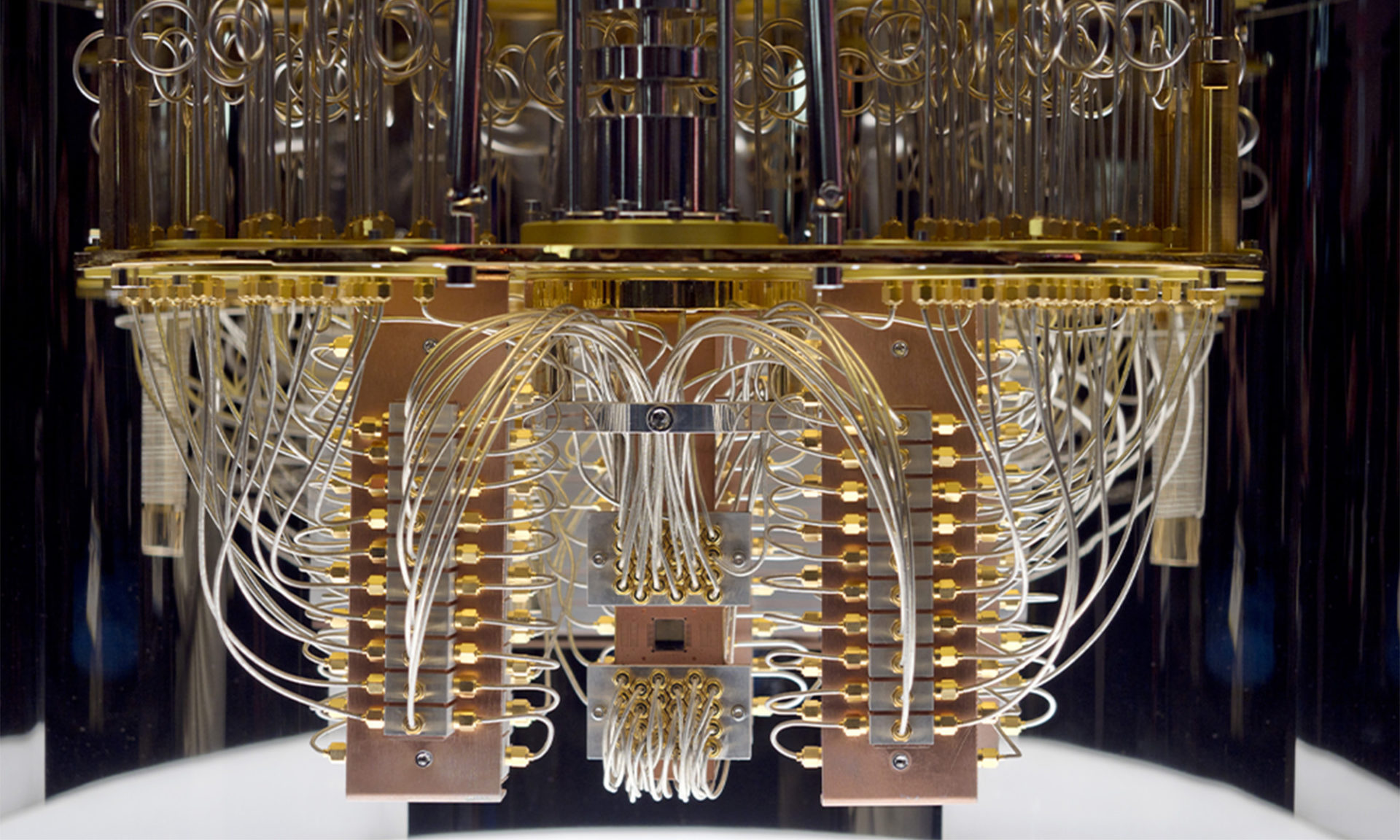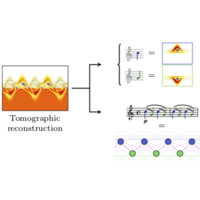
Researchers at the University of Science and Technology of China (USTC) have demonstrated on-demand storage of photonic qubits in an integrated solid-state quantum memory for the first time.
On-demand storage requires determination of the storage time after the photon has been absorbed by the quantum memory, which is essential for quantum networks. However, integrated solid-state quantum memories demonstrated so far are all based on the Atomic Frequency Comb (AFC) scheme with a predetermined storage time.
In order to achieve on-demand storage, the researchers adopted a modified quantum memory scheme: the Stark-modulated AFC scheme. They made use of the Stark effect to manipulate the evolution of the rare-earth ions in real-time by introducing two electrical pulses to control the storage time of the quantum memory.
The researchers first used a Femtosecond Laser Micromachining (FLM) system to fabricate optical waveguides on the surface of a europium-doped yttrium silicate crystal, and then placed two on-chip electrodes on both sides of the optical waveguides, so that the storage time could be controlled in real-time with a transistor-transistor logic (TTL)-compatible voltage. The insertion loss of the optical waveguide was below 1 dB, which is currently the best value reported for integrated solid-state quantum memories.
They demonstrated on-demand storage of time-bin qubits with such integrated solid-state quantum memory, with a storage fidelity of 99.3%±0.2%. (Phys.org)
This work was published in Physics Review Letters.
The post On-demand storage in integrated solid-state quantum memory appeared first on Swiss Quantum Hub.




